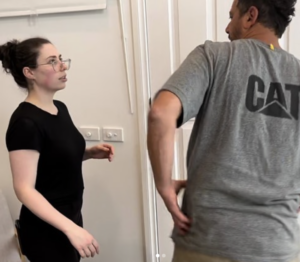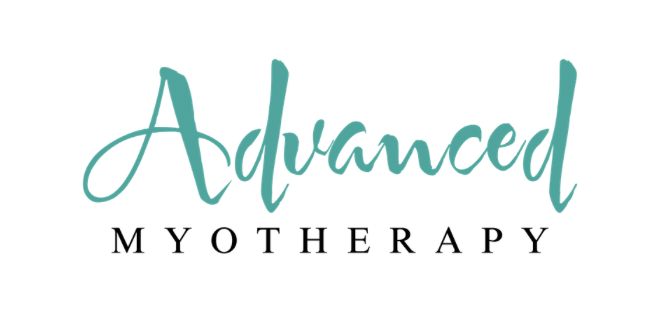The hip flexors have great influence over the balance of the pelvis! Many people don’t realise how much the pelvic posture controls the mobility of the lower back.
We see clients so often who have lower back pain, walk in with anterior pelvic tilts. We absolutely LOVE treating this because our method works and people rave about the instant results so we know it works!
The pelvic posture is controlled very much by the main hip flexor (ilio psoas) muscle. This runs deep in the core and shortens when we spend a lot of time sitting…which many people do (sadly)!
How we can help balance this is with corrective stretches, exercise and Myotherapy which incorporates both self care education and PNF / assisted stretching throughout treatment.
In this image that we have on our wall at the clinic, you can  see just how the psoas muscle (hip flexor) impacts the lower back. This is a great image to demonstrate how the pelvic balance can pull and place pressure on the lumbar spine!
see just how the psoas muscle (hip flexor) impacts the lower back. This is a great image to demonstrate how the pelvic balance can pull and place pressure on the lumbar spine!
This is why we treat the body holistically in Myotherapy, to address not just the surface symptoms that “result” from such postural imbalances and long term habits of daily living.
Myotherapy treats the underlying root causes which often lie in the habits of the individual, well before and beyond treatment. THIS is why our priority and FOCUS at Advanced Myotherapy lies heavily on Self Care education!
Though we treat the muscular imbalances such as tight hip flexors for lower back pain, as well as the gluteal muscles, we empower people with the wisdom to change the origins of the condition at home with habits.
Using exercise and stretching in particular will be the single most effective treatment for any lower back pain, in the long term. We do offer relief, maintenance and prevention of recurrence, but the ultimate influence will be the individual in terms of lifestyle!
So when it comes to the pelvic posture influencing and supporting the lower back, we must ensure our glutes are strong, our hamstrings are conditioned and our psoas muscles are kept mobile and are not shortening from our daily habits. Using the lunge stretch is a fantastic way you can maintain the hip flexors to prevent prolems in this area.
We also demonstrated a hamstring exercise for the lower back in our blog last week, so please check that our here for more info. Lastly, do ensure you are warming up and finsihing off with stretch any time you exercise and train! This is best practice to help prevent tightness and pain afterwards.
Until next time, take care…and give us a call to book in your next treatment, or book online to save time:)


